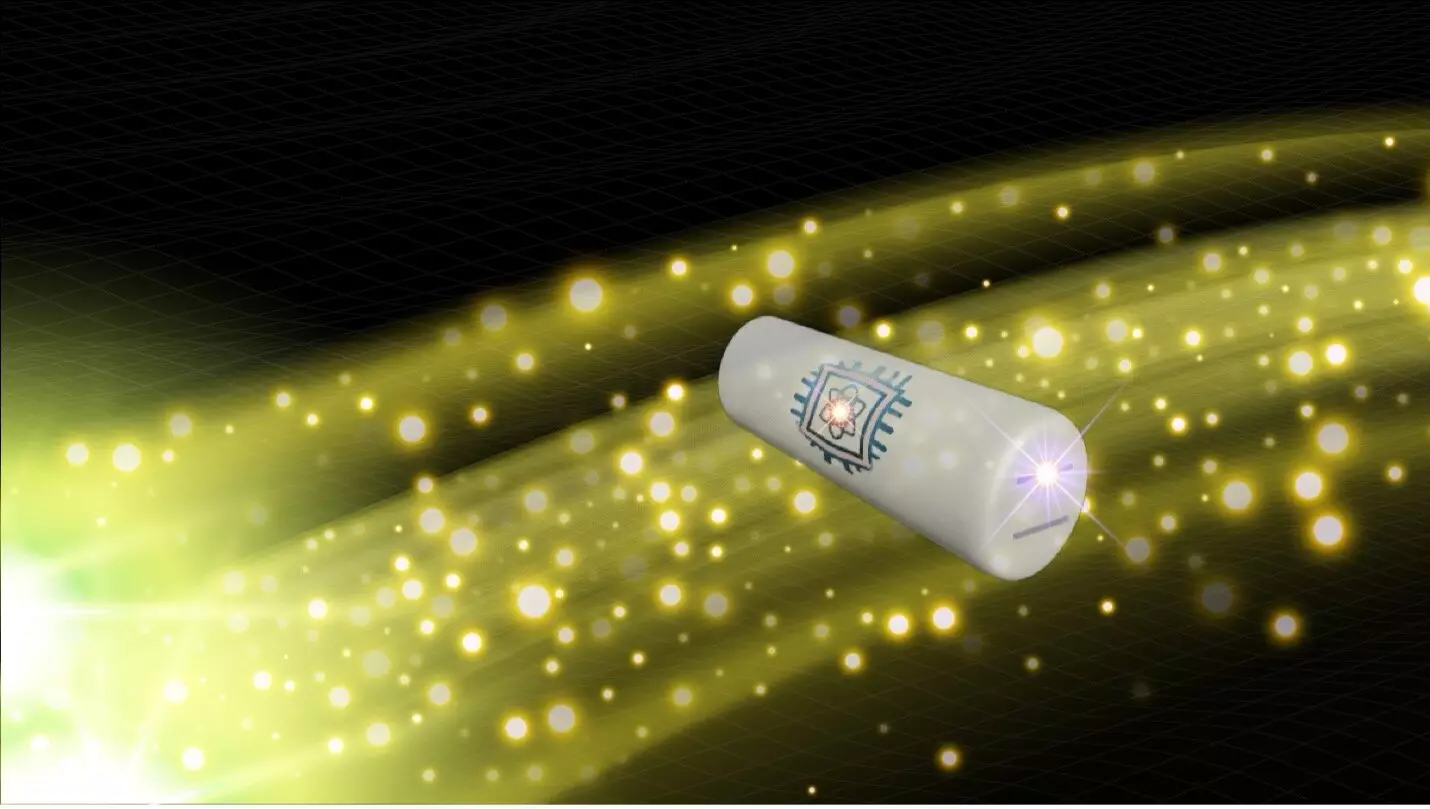In the grand tapestry of physics, few threads are as elusive and tantalizing as the graviton, theorized as the fundamental quantum particle responsible for gravity’s force. Despite the pioneering work of scientists like Einstein, who transformed our understanding of gravity over a century ago, the universe’s most universal force remains intertwined with significant mysteries, especially when viewed through the lens of quantum mechanics. Recently, a research team led by Igor Pikovski from Stevens Institute of Technology has innovatively outlined a potential method for detecting these elusive gravitons, marking a thrilling leap in theoretical physics and setting the stage for experimental verification.
For ages, gravity has been perceived as a constant force, governing the fall of objects and the motion of celestial bodies. The classical mechanics perspective established by Newton and later reshaped by Einstein through the theories of relativity offered deep insights but largely neglected a quantum view of gravity. While electromagnetic, weak, and strong forces have their quantum explanations, gravity’s quantum partner has remained, until now, largely hypothetical. The recent theoretical developments led by Pikovski and his team suggest that the previously deemed impossible task of detecting a single graviton might not only be achievable but feasible with the advances in quantum technology on the horizon.
In astrophysics, phenomena like gravitational waves—ripples in spacetime produced by cosmic events such as the merging of black holes—could be theorized to consist of an enormous number of gravitons. Organizations like LIGO (Laser Interferometer Gravitational-Wave Observatory) have successfully detected these waves. However, capturing a single graviton has remained a challenge that many scholars considered an insurmountable hurdle.
Pikovski’s research indicates that the solution lies in harnessing current physical detection systems, specifically utilizing an acoustic resonator—a heavy, vibrating cylinder—to engage with these hypothetical particles. The team proposes employing quantum sensing methods alongside this resonator to observe energy changes, an approach strikingly reminiscent of the photoelectric effect that catalyzed the quantum theory of light.
A pivotal concept introduced by the team is the “gravito-phononic effect,” which posits that by cooling a material to a near absolute zero and closely monitoring the energy changes, it becomes possible to trace the absorption of individual gravitons. As the resonator vibrates, each discrete change in energy would signify the interaction of a graviton with the material. This methodology not only represents a conceptual leap but also underscores the growing intersection of quantum mechanics and macroscopic physical systems.
One of the team’s ingenious strategies involves cross-referencing data collected by LIGO to refine their graviton detection efforts. While LIGO excels in identifying gravitational waves—a major leap in modern physics—it lacks the capability to discern single gravitons. By analyzing gravitational wave data already captured through LIGO’s sophisticated apparatus, Pikovski’s team aims to enhance their detection system’s precision, potentially unearthing the elusive gravitons hidden within these cosmic signals.
The team’s innovative approach, combining established datasets with theoretical groundwork, embodies the collaborative nature of modern science. This cross-disciplinary effort highlights how existing experimental frameworks can be repurposed to explore new avenues of inquiry, thereby breathing new life into longstanding scientific questions.
Despite the promise of this groundbreaking research, there remain significant barriers to overcome before detecting gravitons can become a reality. Current sensing technologies have not yet reached the sensitivity necessary to observe quantum jumps at the scales required for this experiment. However, the rapid advancements in quantum technologies—propelled by enthusiastic researchers and burgeoning fields like quantum computing—offer a glimpse of hope for imminent breakthroughs.
The mention of Weber bars, once considered obsolete, as tools for capturing gravitons illustrates the dualistic nature of scientific progress: what may fall out of favor today could yet morph into a vital instrument tomorrow. By meticulously refining existing technologies and creatively envisaging new experimental approaches, the pursuit of graviton detection could herald a new era in our understanding of gravity and quantum mechanics.
As Pikovski and his team forge ahead with this promising line of inquiry, they cast a spotlight on the intersection of theory and experiment that defines contemporary physics. The prospect of detecting single gravitons not only carries the weight of scientific curiosity but also holds potential transformative implications for our understanding of the fabric of reality itself. The journey from theoretical exploration to experimental validation is often fraught with challenges, yet the excitement generated by such visionary research underscores the indomitable spirit that drives the quest for knowledge. As technology evolves and ideas collide, the dream of illuminating the quantum underpinnings of gravity may one day soon transform from mere possibility into empirical fact.

